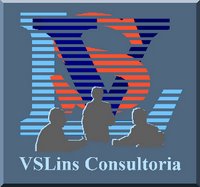Innovation Process: Diversion and Conversion of Ideas
"The process of innovation is a rhythm of search and selection, exploration and synthesis, cycles of divergent thinking followed by convergence".2
Divergence, or creative synthesis, is the interlocking of previously unrelated skills, or matrices of thought. The creation of such intellectual ferment is important to innovation - the more options offered, the more likely that an out-of-the-box perspective will be available for selection.
Just hearing a very different perspective challenges the mindset of others sufficiently that they will search beyond what initially appears to be an obvious solution.
This is a reason that intellectually heterogeneous cross-functional teams are more innovative than homogenous functional ones.
As soon as a sufficient choice of innovative ideas has been generated, a solution - convergence upon acceptable action - needs to be defined and agreed upon.
Confining the discussion here to managing the tacit dimensions of knowledge three types of tacit knowledge - overlapping specific, collective, and guiding - need to be managed.
2. "The Role of Tacit Knowledge in Group Innovation", Dorothy Leonard and Silvia Sensiper, 1998
Extraído de Managing Tacit Knowledge - a Tremendous Resource for Innovation
by Vadim Kotelnikov and Ten3 East-West
Veja também "Do gelo natural à indústria da refrigeração"


<< Home